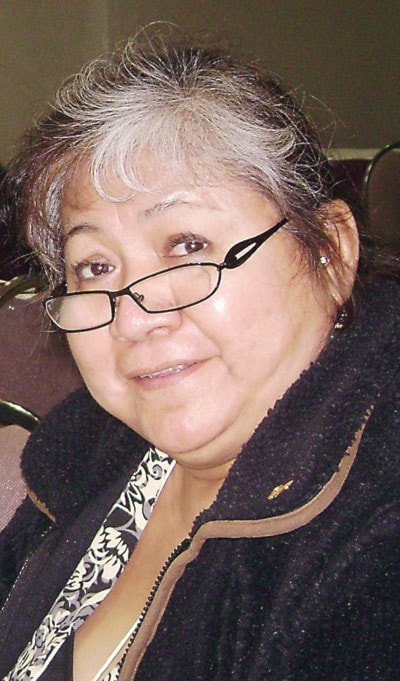British Columbia First Nations and the provincial government have reached an agreement for a new governance structure for a landmark First Nation Health Authority, the first of its kind in Canada.
Federal Health Minister Leona Aglukkaq, B.C. Health Minister Mike De Jong, B.C.'s First Nations Health Council (FNHC) and the First Nations Health Society (FNHS) recently signed a legal tripartite framework agreement.
Aglukkaq said the transfer of responsibility and funding for health care will streamline administration, encourage the integration of the federally and provincially funded health services and allow health-care decisions to be made "closer to home."
Canim Lake Band (CLB) health director Sheila Dick says this latest agreement has solidified legwork done since a preliminary agreement signed in May 2011.
So far, the indications Dick has seen reveal the framework is "very well organized," she says, adding it is appropriately broken down by the First Nations caucuses in the province.
The framework identifies who is sitting at the table and who is working together, Dick explains, and also effects a more formal agreement for moving ahead to implementation within two years.
One of the 55 bands in the Central Interior caucus, the CLB is among the 17 bands in the Swepemec (Shuswap) hub.
Like all the other hubs, she says the Swepemec are among those now sitting at the table to "work closely" with the federal and provincial governments, the FNHC and FNHS, all the band health directors like herself, and the various chiefs and representatives.
"What's really fascinating to me is everybody is on the same page. We're all going in the same direction; there's no squabbling ... and everyone is being respected, even when they don't [necessarily] agree."
The federal transfer is tentatively planned to take place by 2013, and will include the transfer of some $380 million annually in funding, which is currently administered by federal health agencies.
Ottawa will also provide up to $17 million to support B.C. First Nations’ preparation for the transfer.
Victoria has agreed to provide $83.5 million as part of its commitments to the agreement.
Dick says most of the provincial chiefs and health directors were present at an earlier conference in May 2011, or sent a proxy, when First Nations overwhelmingly endorsed a fundamental agreement.
At that conference, First Nations were also invited to recognize the momentous occasion of the initial agreement in their own cultural tradition, she adds.
"It was really exciting. We did celebrations with our nation and we 'prayed it in' with our regalia and our drums.
"Our Chief Mike Archie was there in his full regalia, and we sang and drummed – it was quite moving, actually, and powerful."
This December, all 55 Interior bands will meet with the health directors and chiefs to voice their ideas and concerns, she notes, and plan how the caucus will organize this First Nations Heath Authority.
The 17 bands in the Shuswap Nation also meet regularly to organize a plan, Dick explains.
"At our last meeting, we organized our terms of reference for how we're going to relate – because we need to work and plan things as one entity – and how are we going to meet the needs of our Swepemec people."
The other hubs are likely performing similar planning activities, she says, adding the framework will come together "like a patchwork quilt."
"This process will be community-driven and nation-based."
